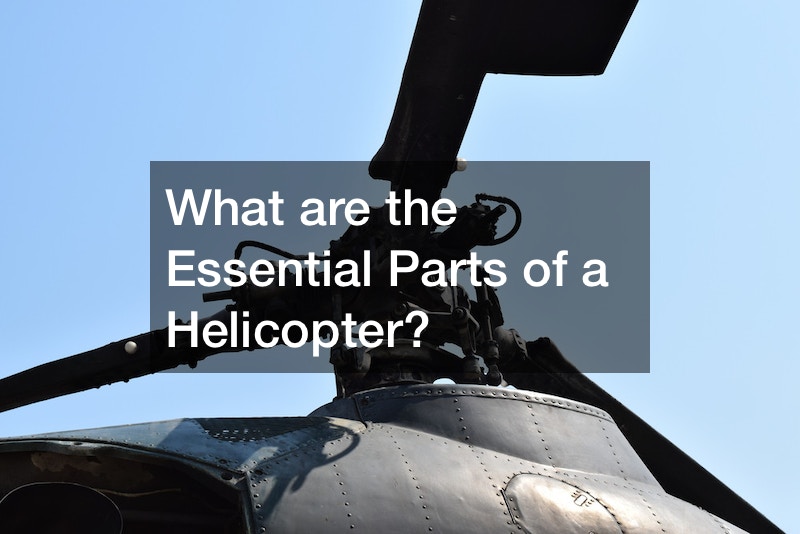
To understand how helicopters fly, one must first comprehend their essential parts. The rotor blade has rotary wing parts functions similarly to an aircraft’s wings, creating lift when the blades are rotating, which keeps planes afloat. One can change the revolutions per minute of the rotor or its attack angle, which is the rotary wing’s angle to the wind.
Across and above the central rotor blade is the stabilizer bar, which assists the aircraft’s stability in flight situations. The rotor shaft, known as the mast, links the transmission and the turbine rotor. The rotor shaft rotates the top swash plate and the blades. A helicopter’s gearbox, like a car, distributes the engine’s power from the engine to the central and tail masts.
The main gearbox’s transmission reduces the main rotor’s speed, causing it to rotate slower than the main engine’s shaft. Another gearbox accomplishes the same thing in the second rotor, but because it is considerably smaller, it may spin much more quickly than the central rotor. The engine produces power, whereas the early helicopters used reciprocating gasoline engines. Current helicopters have gas turbine engines similar to commercial planes.
.



